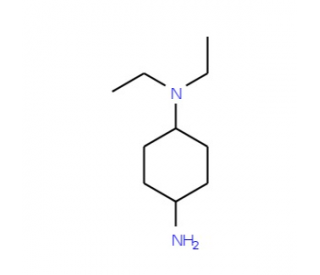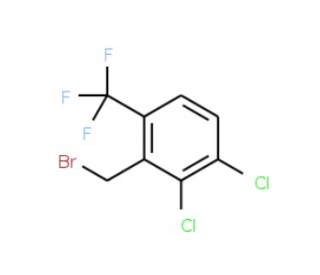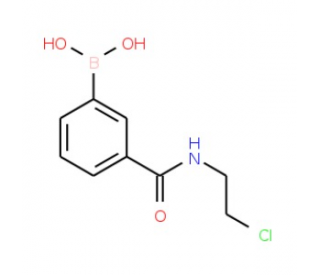詳細(xì)說(shuō)明
Species Reactivity
Mouse
Specificity
Detects mouse Testican 3/SPOCK3 in direct ELISAs and Western blots. In direct ELISAs and Western blots, approximately 60% cross?reactivity with recombinant human (rh) Testican 3 is observed, less than 5% cross?reactivity with rhTestican 1 is observed, and less than 1% cross-reactivity with rhTestican 2 is observed.
Source
Polyclonal Goat IgG
Purification
Antigen Affinity-purified
Immunogen
Mouse myeloma cell line NS0-derived recombinant mouse Testican 3/SPOCK3
Ala26-Ile436
Accession # Q8BKV0Formulation
Lyophilized from a 0.2 μm filtered solution in PBS with Trehalose. *Small pack size (SP) is supplied as a 0.2 μm filtered solution in PBS.
Label
Unconjugated
Applications
Recommended
ConcentrationSample
Western Blot
0.1 μg/mL
Recombinant Mouse Testican 3/SPOCK3 (Catalog # )
Immunoprecipitation
25 μg/mL
Conditioned cell culture medium spiked with Recombinant Mouse Testican 3/SPOCK3 (Catalog # ),
Please Note: Optimal dilutions should be determined by each laboratory for each application. are available in the Technical Information section on our website.
Preparation and Storage
Reconstitution
Reconstitute at 0.2 mg/mL in sterile PBS.
Shipping
The product is shipped at ambient temperature. Upon receipt, store it immediately at the temperature recommended below. *Small pack size (SP) is shipped with polar packs. Upon receipt, store it immediately at -20 to -70 °C
Stability & Storage
Use a manual defrost freezer and avoid repeated freeze-thaw cycles.
12 months from date of receipt, -20 to -70 °C as supplied.
1 month, 2 to 8 °C under sterile conditions after reconstitution.
6 months, -20 to -70 °C under sterile conditions after reconstitution.
Background: Testican 3/SPOCK3
Testican 3 encoded by the SPOCK3 gene is a proteoglycan expressed in brain (1). The human and mouse cDNAs predict 90% identity between the deduced amino acid sequences from the two species, indicating a conserved function (2, 3). Only the human protein, but not the mouse protein, has been characterized in the literature. Testican 3 contains Ca2+-binding domain and the C-terminal acidic domain with putative glycosaminoglycan attachment sites. In addition, it contains three potential inhibitory domains targeted toward three different classes of proteases, metallo, cysteine and serine proteases. The N-terminal region, which is unique to testicans, is responsible for the inhibition of Testican 3 towards MMP-14 (MT1-MMP, a metalloprotease) activation of MMP-2 (1). The thyropin domain and the follistatin-like domain with a six cysteine Kazal-like motif may inhibit cysteine and serine proteases, respectively (4). A spliced variant designated as N-Tes contains the N-terminal unique region, the follistatin-like domain and the Ca2+-binding domain, but lacks the C-terminal thyropin domain and the acidic domain (1). The purified rmTestican 3 is capable of inhibiting rhMMP-14 and rhCathepsin L (R&D Systems, Catalog # 918-MP and 952-CY) in assays using the fluorogenic peptide substrates (R&D Systems, Catalog # ES001 and ES008). As compared to rhTestican 1 (R&D Systems, Catalog # 2327-PI), the IC50 of rmTestican 3 is weaker toward rhCathepsin L and rhMMP-14 activity.
References:
Nakada, M. et al. (2001) Cancer Res. 61:8896.
Strausberg, R.L. et al. (2002) Proc. Natl. Acad. Sci. USA 99:16899.
Okazaki, Y. et al. (2002) Nature 420:563.
Alliel, P.M. et al. (1993) Eur. J. Biochem. 214:347.
Entrez Gene IDs:
50859 (Human); 72902 (Mouse)
Alternate Names:
CWCV, and Kazal-like domains proteoglycan 3; HSAJ1454; sparc/osteonectin, cwcv and kazal-like domains proteoglycan (testican) 3; SPOCK3; TES-3; Testican 3; TICN3










 粵公網(wǎng)安備44196802000105號(hào)
粵公網(wǎng)安備44196802000105號(hào)